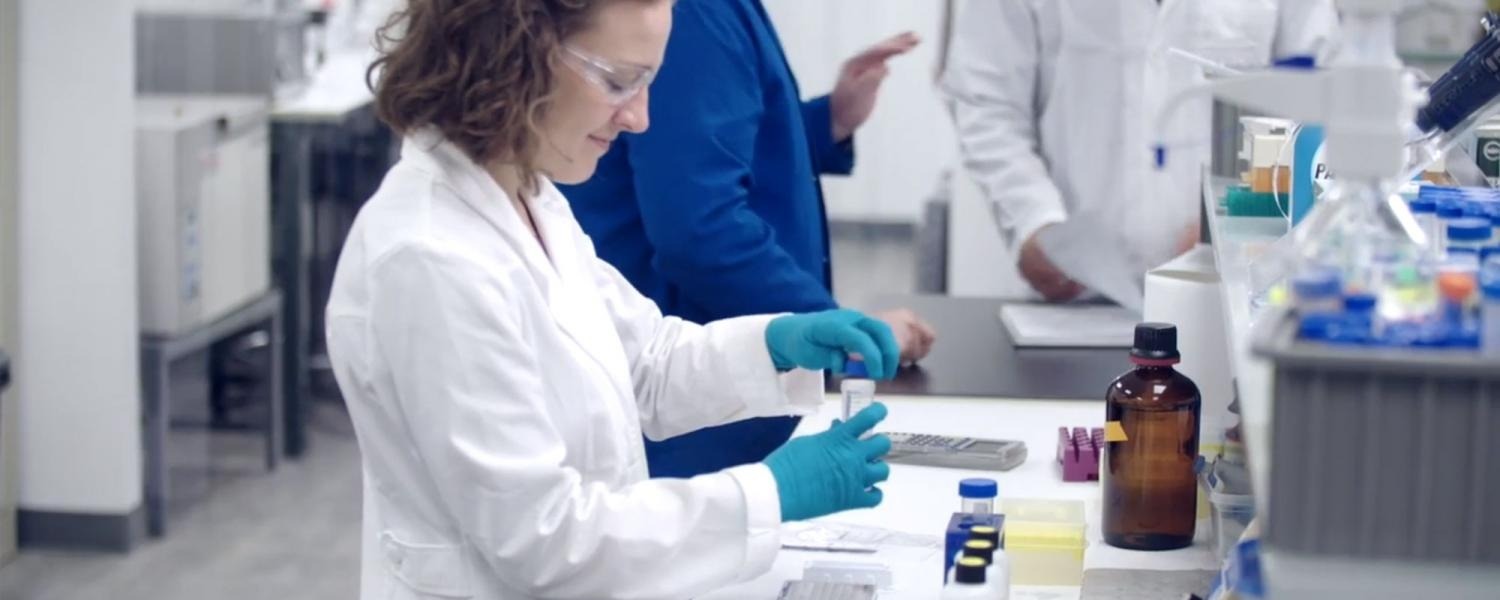Multiplex immunofluorescence microscopy exploits the illumination of cells with varying wavelengths of light combined with fluorescent markers to generate multi-spectral images that can be used to address various research questions. Visikol has pushed the boundaries of cell visualization since the company’s inception when it developed novel yet accessible tissue clearing reagents for multiplex immunofluorescent 3D microscopy. Ever expanding on its mission to accelerate drug discovery and development through imaging, Visikol today provides 13 of the top 20 pharmaceutical companies with 2D and 3D imaging, digital pathology and advanced cell culture models. One of these tools used to understand the complex response of potential compounds or the pathophysiology occurring during disease is multiplex immunofluorescence imaging/labeling which can be used to quantitatively assess the roles of multiple interacting factors.
In fluorescent microscopy, the target antigen is bound by a dye-tagged antibody which allows for a specific target of interest to be visualized and quantitatively assessed. The target is identifiable as a fluorescent-colored pattern after exposure of the labelling dye to a particular wavelength of energy causing the dye to release photons which can be captured by the microscopy system and further analyzed.
The benefit of this technique is the highly contrasted, versatile, specific, and quantitative results. For this technique, quality data are highly dependent on the specificity of the antibodies for its target antigen as well as the brightness and contrast of the fluorescent label. Performing single or double target detection has been the standard approach in most labs due to the relatively simple planning and instrument requirements which is limited in the number of targets which can be assessed simultaneously. This is highly limiting for many research questions such as in the immune-oncology space where we want to assess the interplay between various cell types (e.g. T-cells, B-cells, Natural Killer cells etc).
Multiplex immunofluorescence microscopy combines visualization of up to five or more targets simultaneously in cells or tissues. Because use of multiplex immunofluorescent microscopy requires extensive optimization, Visikol offers Clients validated multiplex immunofluorescence panels as well as custom designed and validated panels in combination with high content imaging, image analysis and comprehensive reporting. This workflow allows Clients to transform their tissues directly into insights instead of needing to worry about developing their own internal tissue processing, labeling, imaging, image analysis and reporting pipelines which can be highly resource intensive.
For targeted immuno-oncology therapies such as immune invasion mechanisms, multiplex immunofluorescence is a powerful tool for identifying relevant biomarkers as well as the characterizing alterations in their spatial distribution and activation states. Committed to oncology drug discovery, Visikol’s has developed several pre-validated immune-oncology panels and can leverage these panels to help address your research question.

